

Current US regulatory guidance on using real world data in research and clinical trials
Lifebit
March 2024
Author: Hannah Gaimster, PhD
Contributors: Amanda White
Introduction
Real world data and evidence (RWD/E) are becoming increasingly important in the healthcare industry. RWD is collected from sources outside of traditional clinical trials, such as electronic health records (EHRs), claims data, and patient registries.
With the rise of big data and advancements in technology, there is a growing interest in using RWD and RWE to inform decision-making and improve patient outcomes. However, there are still many questions and concerns surrounding the use of RWD and RWE, particularly in terms of regulations and guidelines. This article explores the current state of play on guidance and policies in the US around using RWD and RWE for clinical research and trials.
The need for guidance and policies around RWD use
As the use of RWD and RWE becomes more prevalent in clinical research and trials, there is a growing need for guidance and policies to ensure the quality and reliability of the data being used. This is especially important when using RWE to support regulatory decisions, such as drug approvals.
Without clear guidelines and regulations, there is a risk of using flawed or biased data, which could have serious consequences for patient health. Additionally, ensuring transparency and secure access to RWE based on clear best practice guidelines from regulatory bodies is an important consideration to help boost public trust in the use of RWE.
Current regulations and guidelines
Despite this, there is currently no single set of regulations or guidelines for the use of RWD/E in clinical research and trials globally. Instead, there are various guidelines and recommendations from different organizations and regulatory bodies for specific countries.

For example, the U.S. Food and Drug Administration (FDA), the federal agency responsible for protecting public health by regulating the safety and effectiveness of food, drugs, vaccines, medical devices in the USA, is increasingly open to considering RWD/E for regulatory decision-making, including the approval of clinical trials and to support its assessment of medical products.
This forms part of a requirement outlined in the 21st Century Cures Act and Prescription Drug User Fee Act which requires the FDA to evaluate how RWD and RWE can be leveraged as the basis for regulatory approvals in submissions.
In December 2018, the FDA released a framework outlining its approach to evaluating the potential use of RWD/E to support regulatory decision-making.
Key points from it include:
- Fit-for-Purpose Approach- the type and amount of RWE needed to support a particular regulatory decision should depend on the specific context and the regulatory question being addressed. The FDA will consider various types of RWD sources, including EHRs, claims data, patient registries, and data collected through mobile health technologies.
- Data Quality and Validity- the FDA expects RWD used to generate RWE to be of high quality, relevant to the research question, and collected in a manner consistent with applicable regulatory requirements and standards.
- Submissions and Communications: Sponsors interested in using RWE to support a regulatory submission should engage with the FDA early in the process to discuss their plans and obtain feedback.
More recently, in August 2023, the FDA released another report, entitled Considerations for the Use of Real-World Data and Real-World Evidence To Support Regulatory Decision-Making for Drug and Biological Products.
This important document provides a comprehensive framework for the FDA's approach to utilizing RWE in regulatory decision-making, once again emphasizing the importance of data quality, validity, and engagement between stakeholders and regulatory agencies.
Some of the difficulties surrounding standardization of RWD were included in the guidance, along with the procedures for managing RWD and the factors to be taken into account when aligning RWD with FDA data requirements. Examples of mapping health care data to the Clinical Data Interchange Standards Consortium (CDISC) terminology were also provided in the appendix.
Featured resource: Read about Lifebit’s partnership with CDISC in our blog
Future outlook
As the use of RWD/E continues to grow, it is likely that more regulations and guidelines will be put in place to ensure the quality and reliability of the data being used. It is important to note that while the FDA is increasingly open to leveraging RWE, the use of such data in regulatory decision-making is still evolving, and the agency continues to refine its policies and guidance in this area.
Overall, the FDA expects the use of RWE/RWD to be conducted with scientific rigor, transparency, and consideration of regulatory requirements. It also seems likely more guidance is coming in 2024, as stated in a recent blog from the FDA on the topic of Realizing the Promise of Real-World Evidence.
Summary
While there is no single set of regulations or guidelines for the use of RWE/D in clinical research and healthcare, there is a growing recognition of the importance of these factors in decision-making.
It is important for researchers and healthcare professionals to carefully consider the source and quality of the data they are using and to stay informed about any updates or changes in regulations and guidelines.
Look out for our complete guide on using RWD for clinical research and trials. This comprehensive piece will summarize current guidance from other regulatory bodies worldwide, such as the European Medicines Agency (EMA).
About Lifebit
Lifebit's federated technology provides secure access to deep, diverse data access from over 100 million patients. Researchers worldwide can securely connect and analyze valuable real world, clinical and genomic data in a compliant manner.
Discover our precision medicine data catalog and book a data consultation with one of our experts now.
Featured news and events

2025-03-26 11:17:46
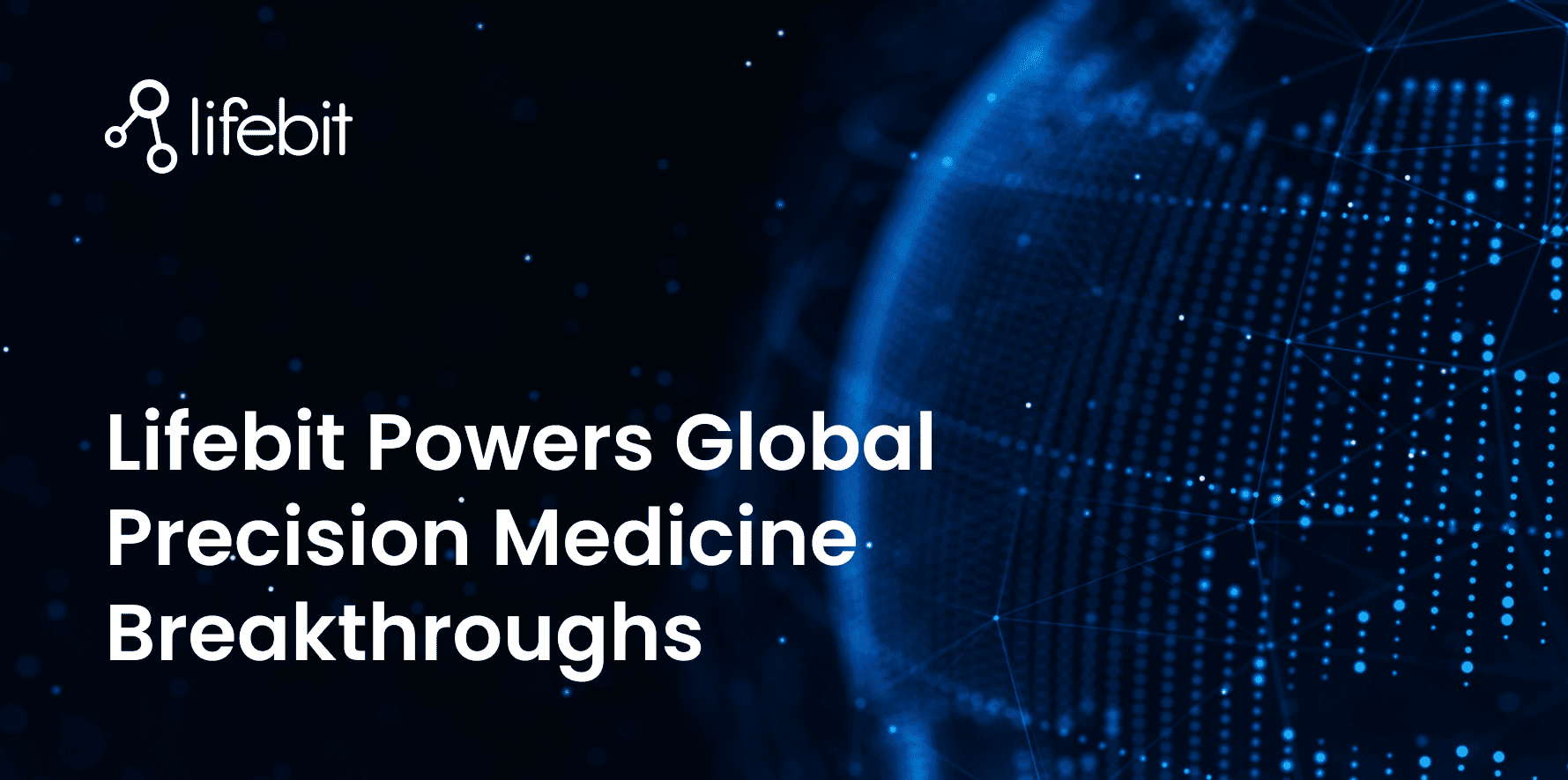
2025-03-14 15:45:18
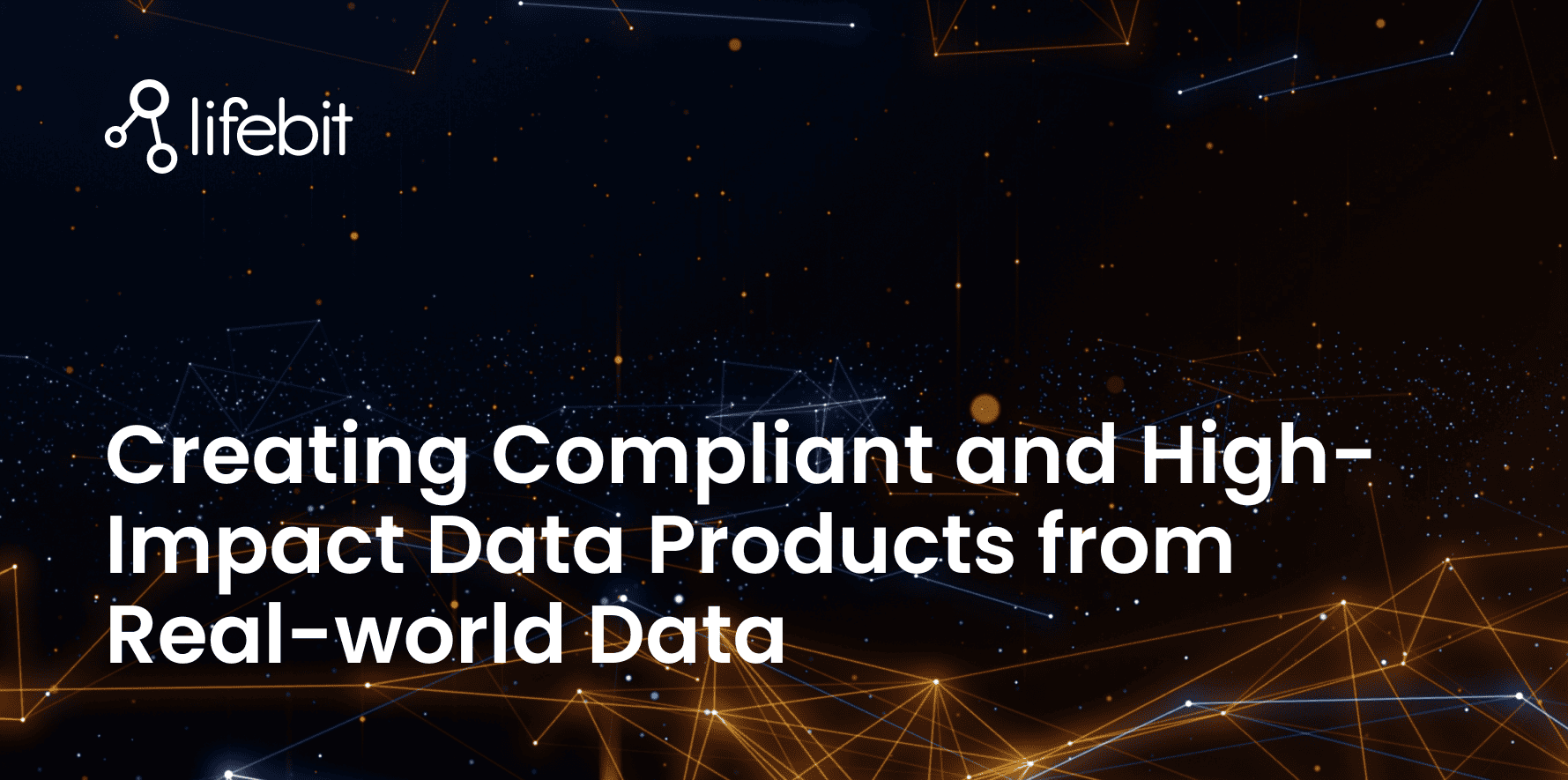
2025-03-05 12:49:53
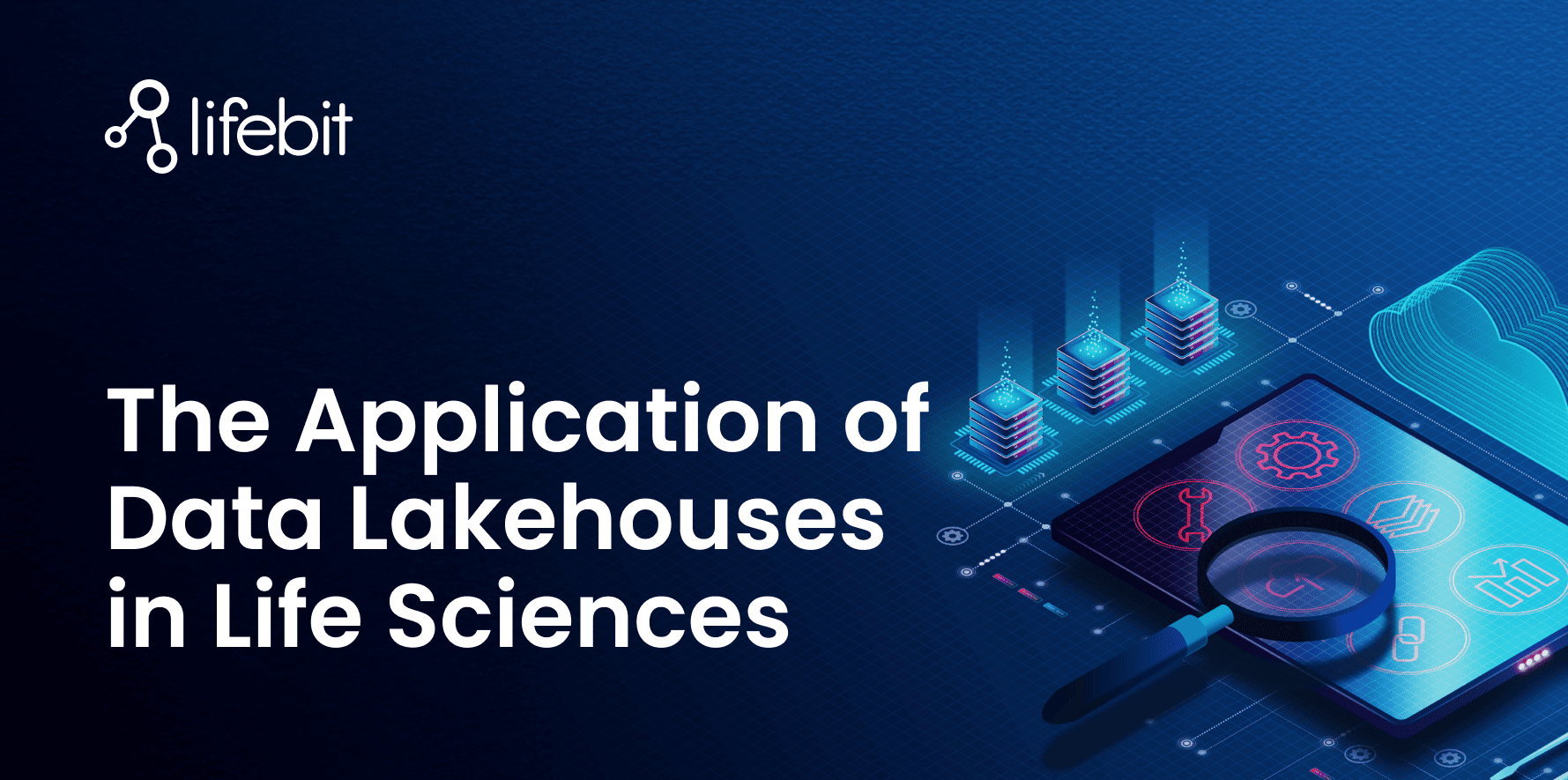
2025-02-27 10:00:00
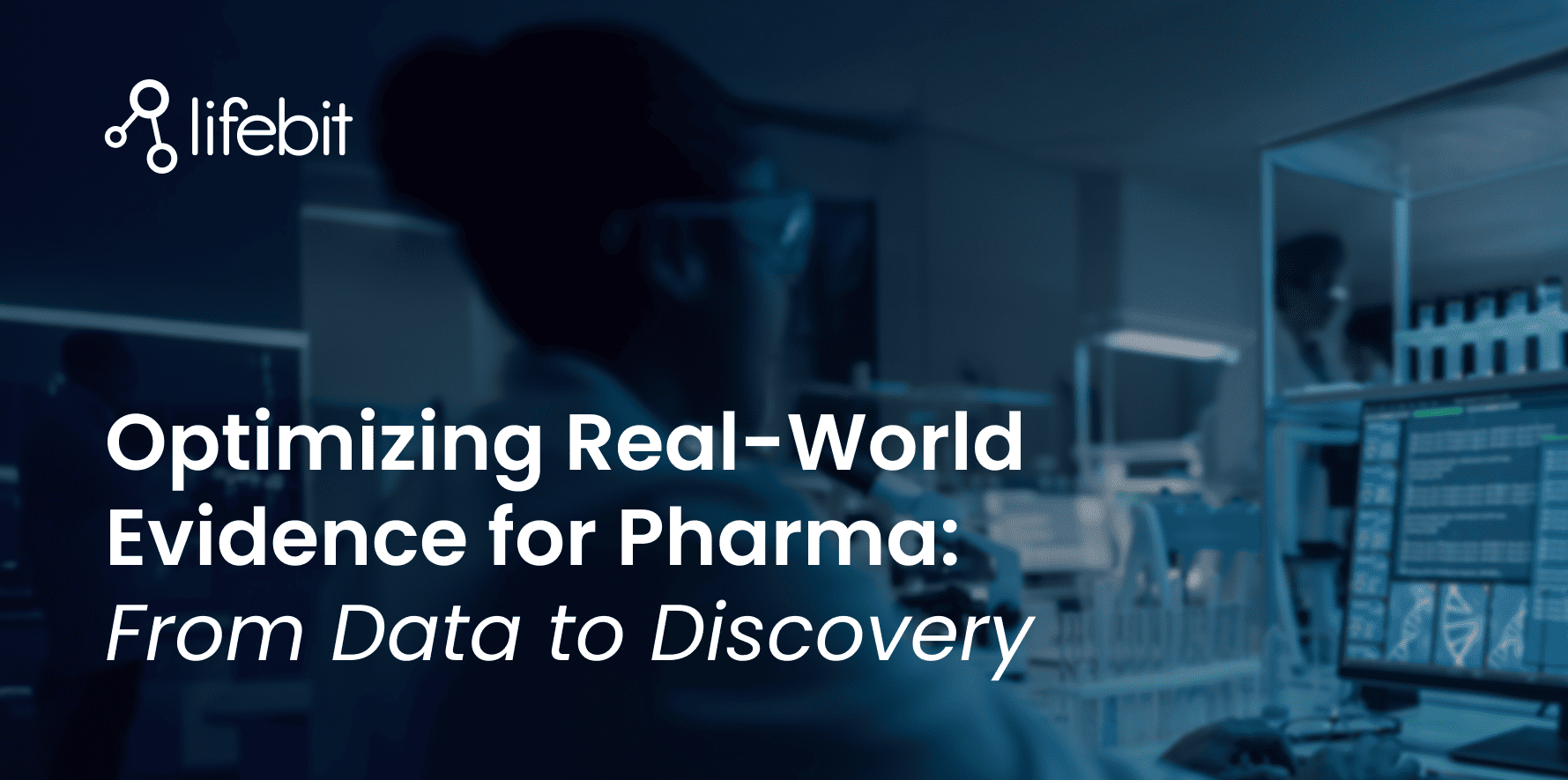
2025-02-19 13:30:24
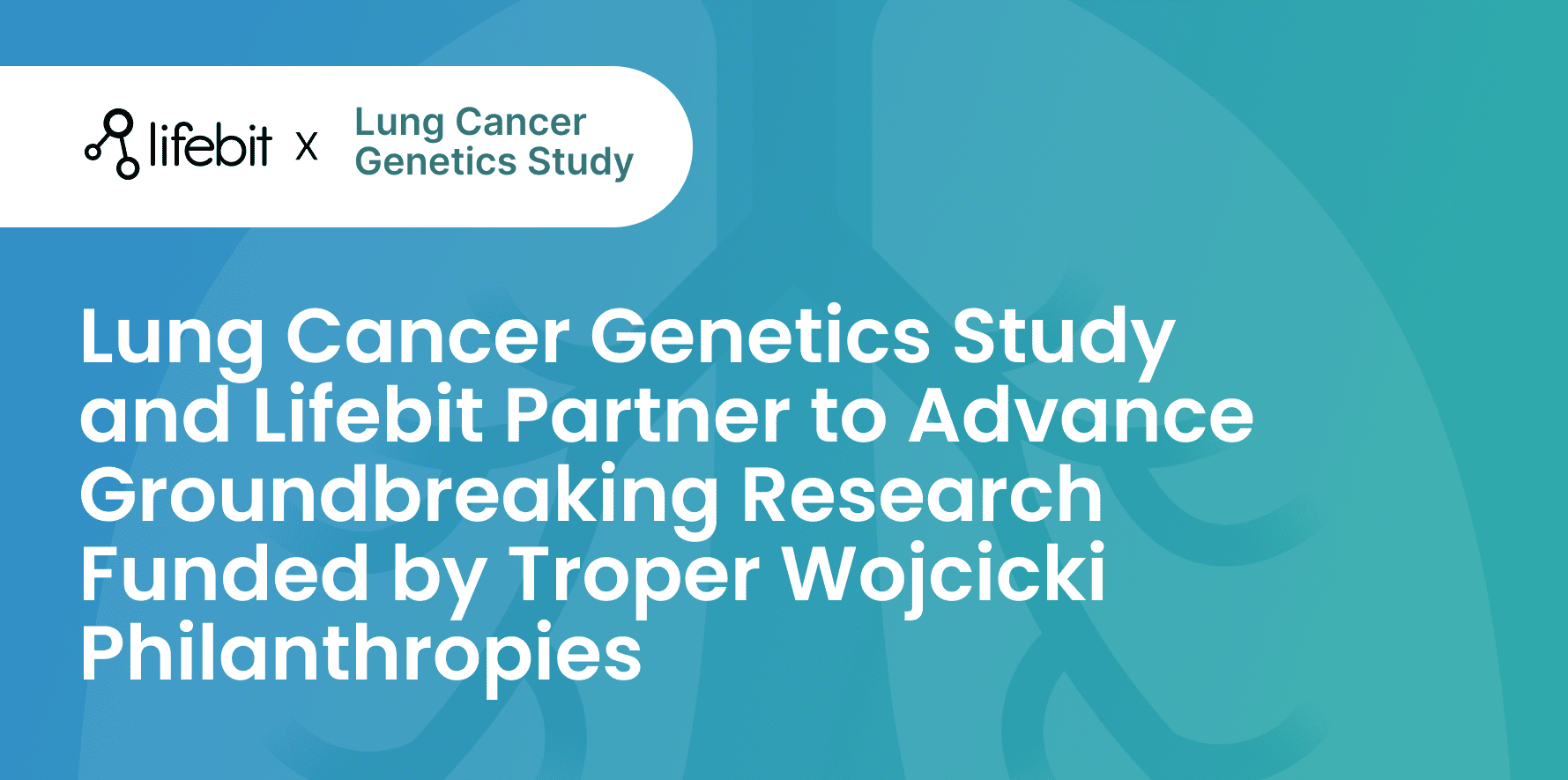
2025-02-11 08:39:49

2025-01-30 12:47:38
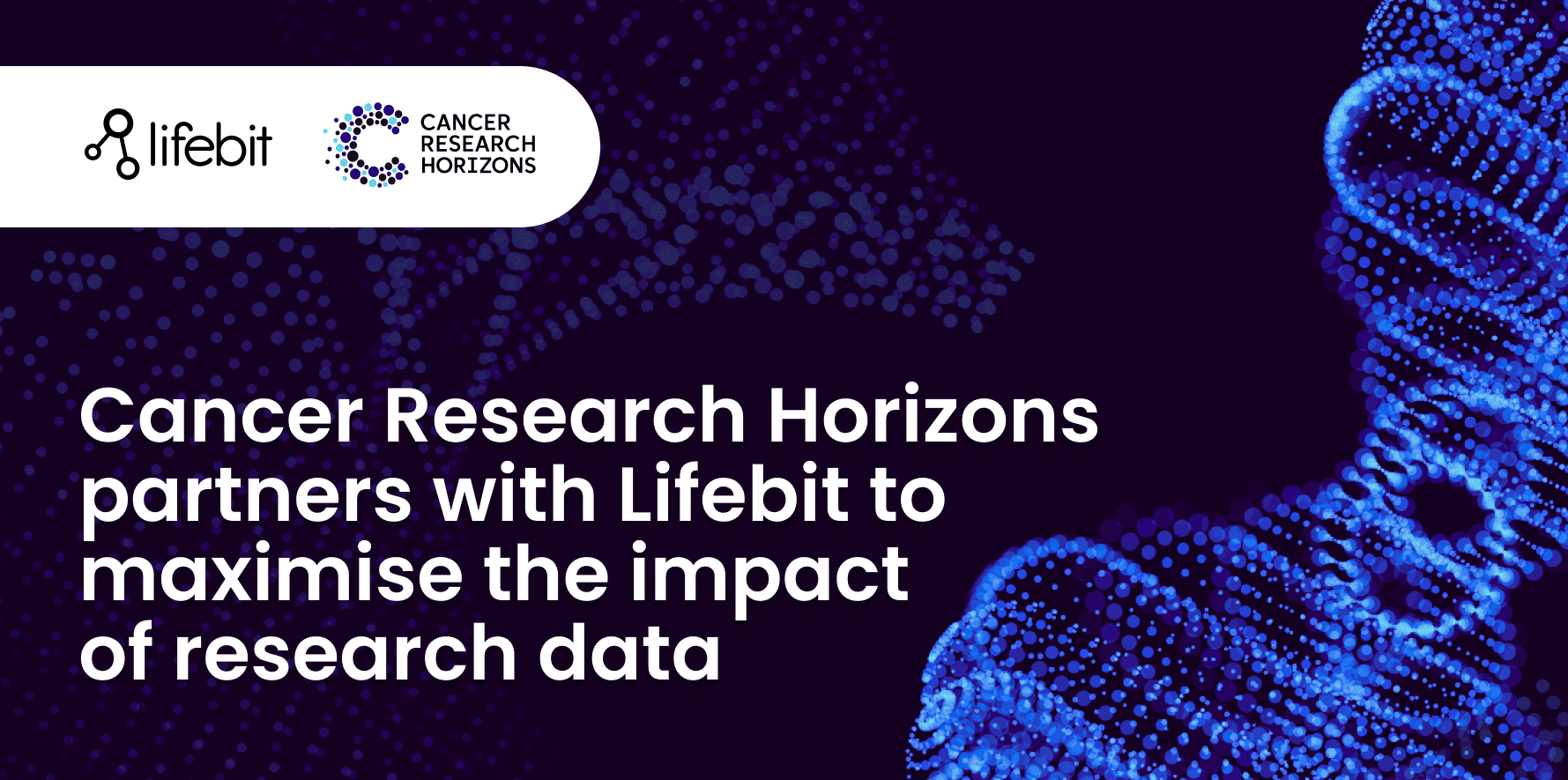
2025-01-28 08:00:00

2025-01-23 09:07:20
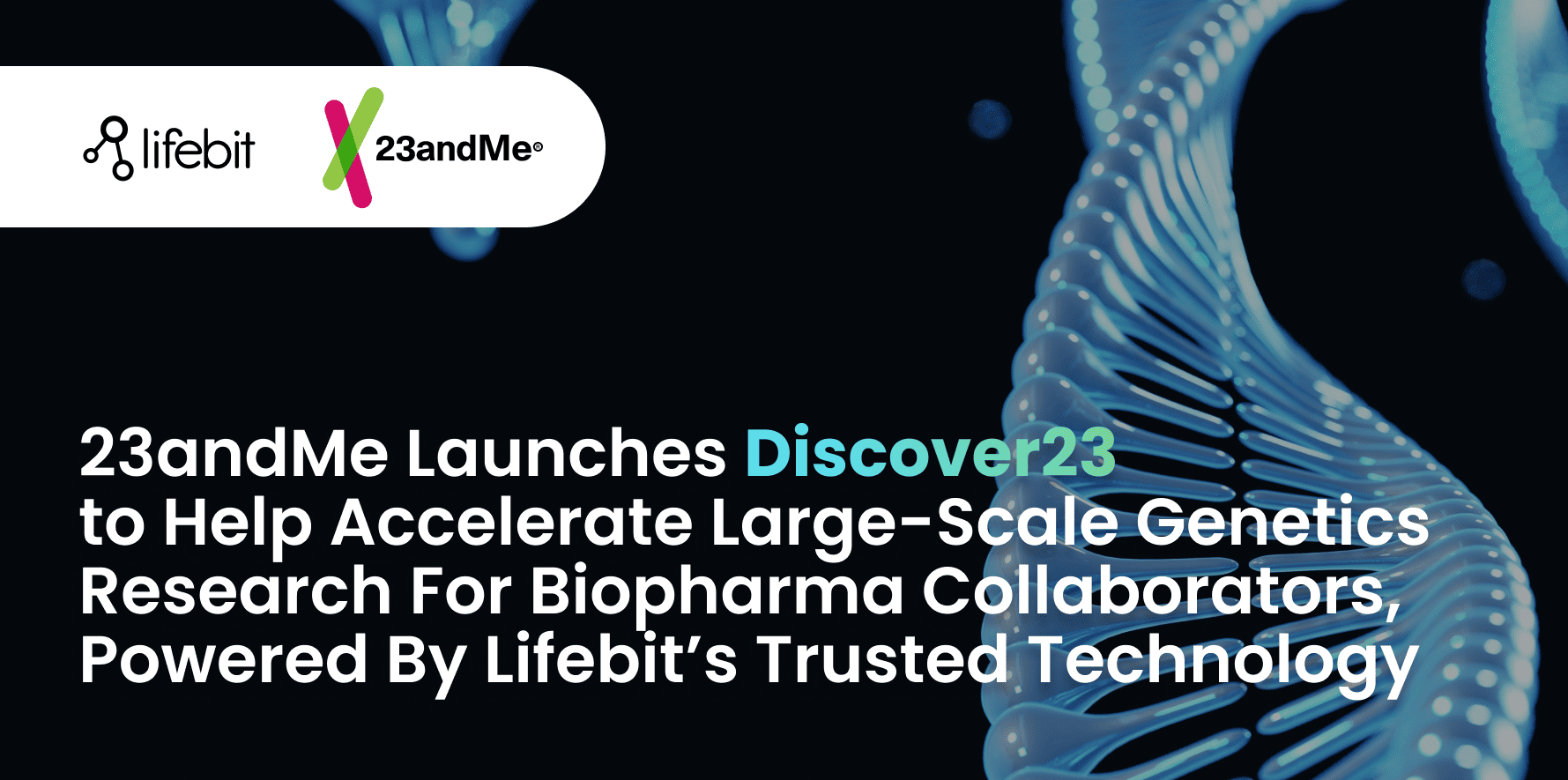
2025-01-08 13:58:41

.png)